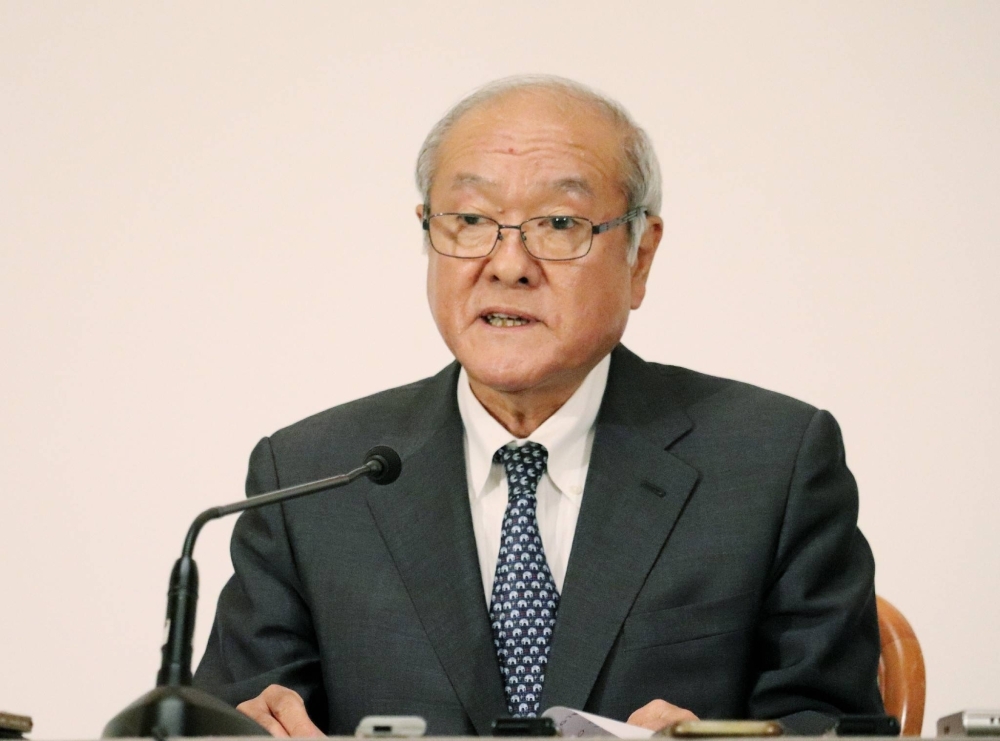Japan's yen intervention was effective to an extent, finance minister says

In his first acknowledgment of a record intervention in the currency market, Japan’s finance minister has defended the government action.
"We intervened in the market to counter excessive FX moves, which were driven by speculation,” Finance Minister Shunichi Suzuki told reporters Tuesday. "From that standpoint, we believe that it had a certain effect.”
Suzuki’s remarks were the first from any official since his ministry disclosed figures Friday that show it spent ¥9.8 trillion ($62.7 billion) to prop up the yen between April 26 and May 29.
The currency remains stronger than it was when the two interventions are thought to have occurred, with its weakest point then at ¥160.17 to the dollar, compared with around ¥156.40 in afternoon trading in Tokyo on Tuesday. Officials have remained silent on the exact timing.
After briefly weakening past ¥160 to the dollar for the first time in more than 30 years, the yen surged by more than five yen per dollar on April 29. That was followed by a jump in the yen from around ¥157.52 to ¥153.04 in New York trading on May 1.
"It is not known whether the yen would have stopped weakening at ¥160 to the dollar without the intervention, so it must be said that it was effective,” said Yukio Ishizuki, senior currency strategist at Daiwa Securities. "There is no easy answer.”
Officials tend to remain silent on whether they have stepped into the market in the immediate aftermath of a big move as part of their strategy to keep market participants guessing, which can make traders more wary about pushing currencies beyond key thresholds.
"The effect of intervention is not to push the yen up,” said Masafumi Yamamoto, chief currency strategist at Mizuho Securities. "If Japan had not done so, the yen might have weakened to ¥170 or so, but because of the action, it has stayed at the current level.”
The yen is expected to stay under pressure due to the wide gap between interest rates in Japan and the U.S., with Japan’s short-term rate just 0.1% compared with the Fed’s 5.5%. While the BOJ is expected to raise interest rates in coming months, forecasts for Fed rate cuts have receded recently as the U.S. economy continues to hum along.
"I’m skeptical about the sustainability of the effect, as it does not have the power to change fundamentals,” Jun Kato, chief market analyst at Shinkin Asset Management, said of intervention. "The authorities are stalling things by demonstrating their intentions while they wait for a slowdown in the U.S. economy and lower inflation.”
Japan funds its intervention to buy yen by selling from its foreign currency reserves. Figures for the end of April showed the nation had $1.14 trillion in those reserves, suggesting Tokyo still has plenty of firepower to take on yen bears.
"The government will continue to closely monitor developments in the foreign exchange market and take all possible measures,” Suzuki said, reiterating a standard warning with regards to excessive currency volatility.
culled from Japan Times

